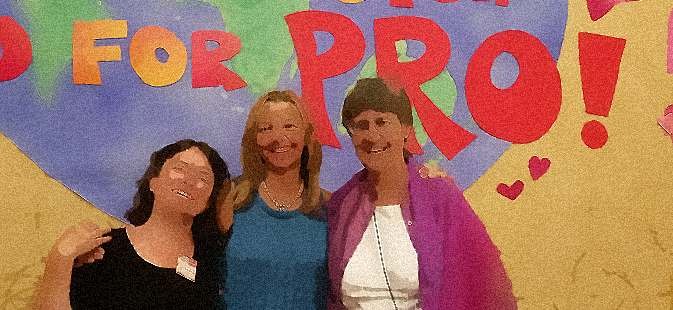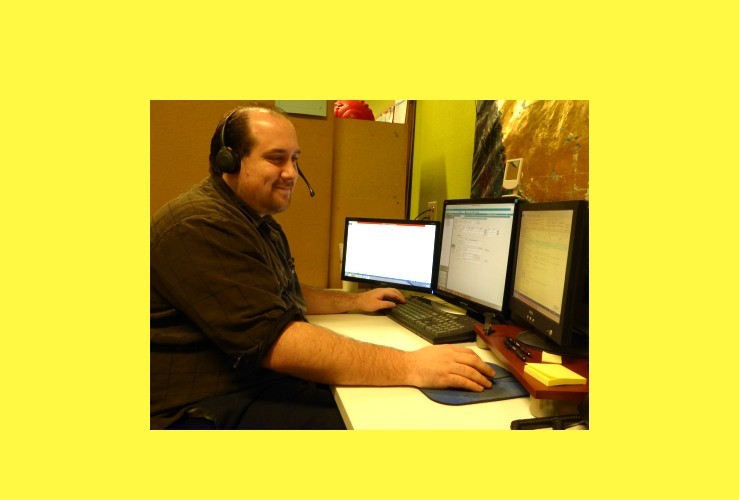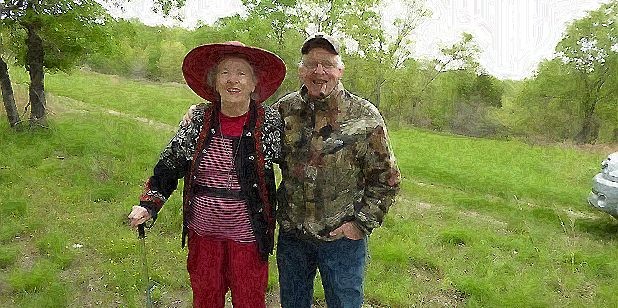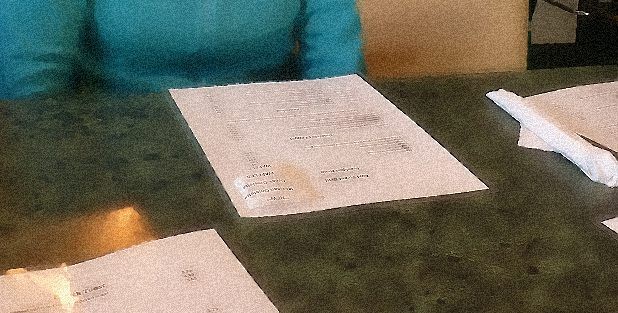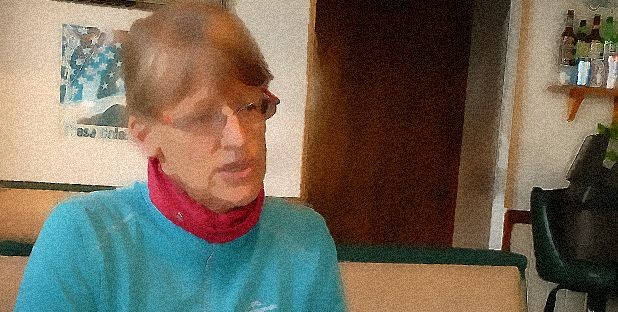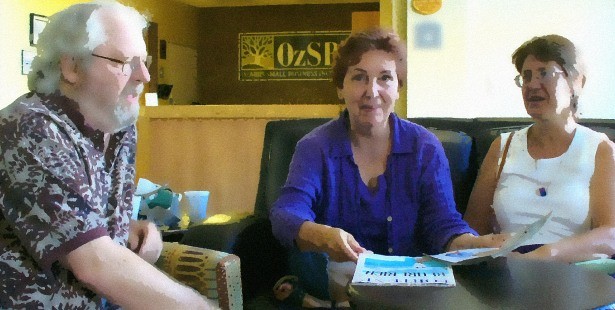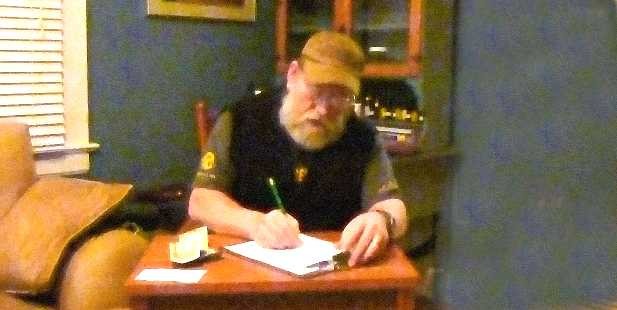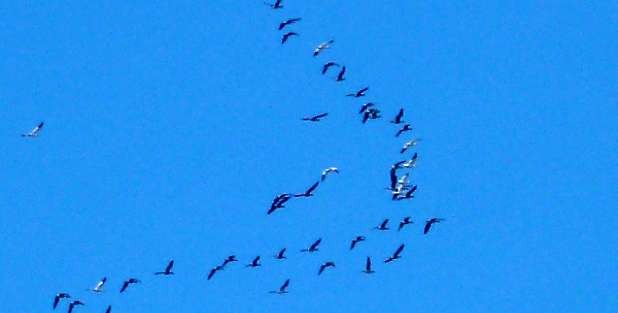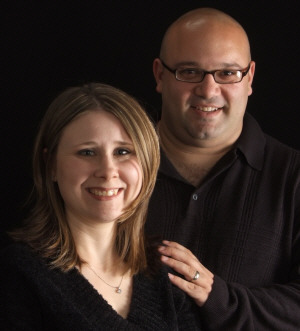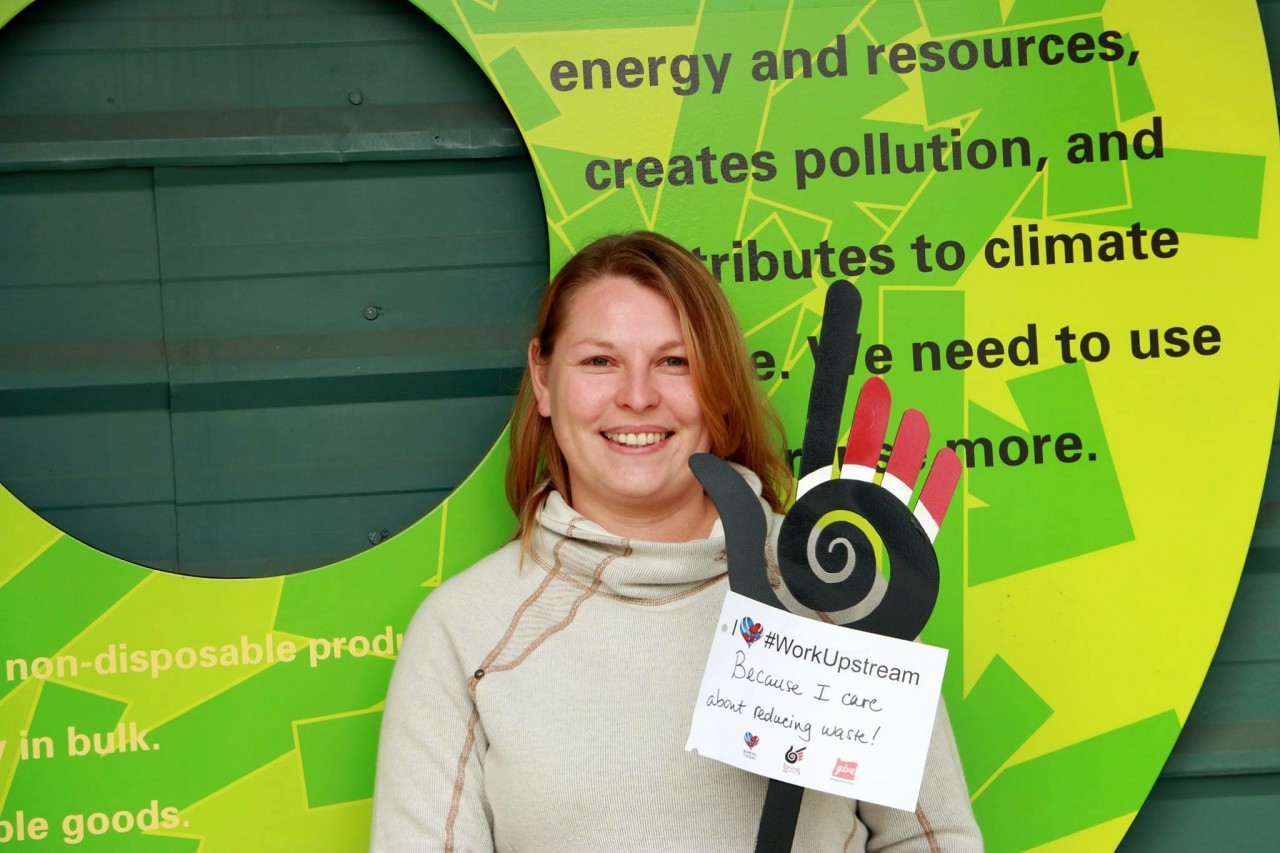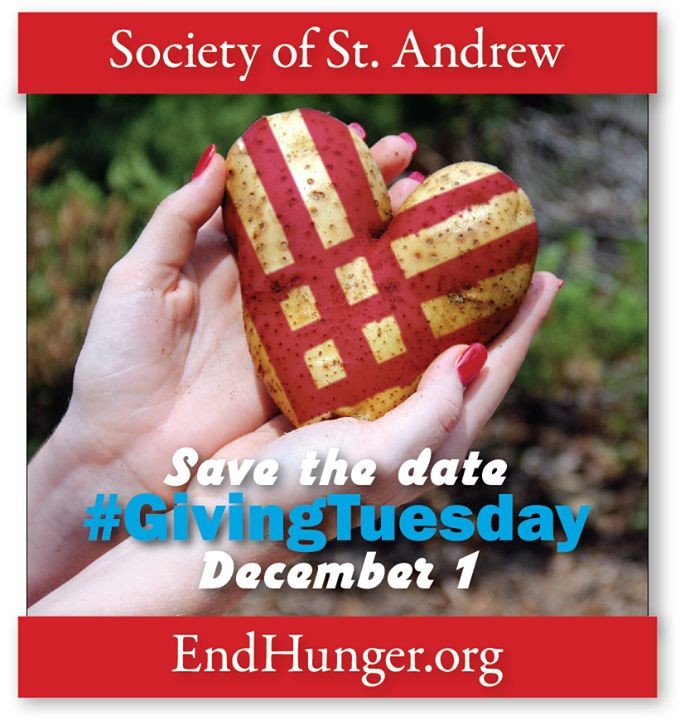Generally, the first step in asking prospects to make a donation is to send them a letter. This is true no matter the type of campaign or potential size of gift. In the small-gifts division of an annual campaign the letter may be the only step, although I would recommend having it followed up by a telephone call, if at all possible. Even in door-to-door solicitations, a letter should be sent first announcing the date of, reason for, and, in most cases, the suggested amount of the request. In the case of larger gifts, the letter announces that a solicitor will be calling for an appointment. We refer to this kind of letter as the proposal letter because it proposes that the prospect become a donor to an organization.
Proposal letters are usually signed either by the solicitor or by the campaign chair. In the case of the latter, the status and power of the chair are lent to what is essentially a request of the prospect to meet with a solicitor. If signed by the chair, you can also be sure the letters all went out by a specific time. This also forces solicitors to act by the time the letter says they will be calling for an appointment. However, not every solicitor will be able to make the initial calls in the same time frame. One or more solicitors may be out of town when the letter hits. Consequently, there is less likelihood of being in error as to when solicitors will be calling if the timing of proposal letters is left in the hands of the solicitors.
